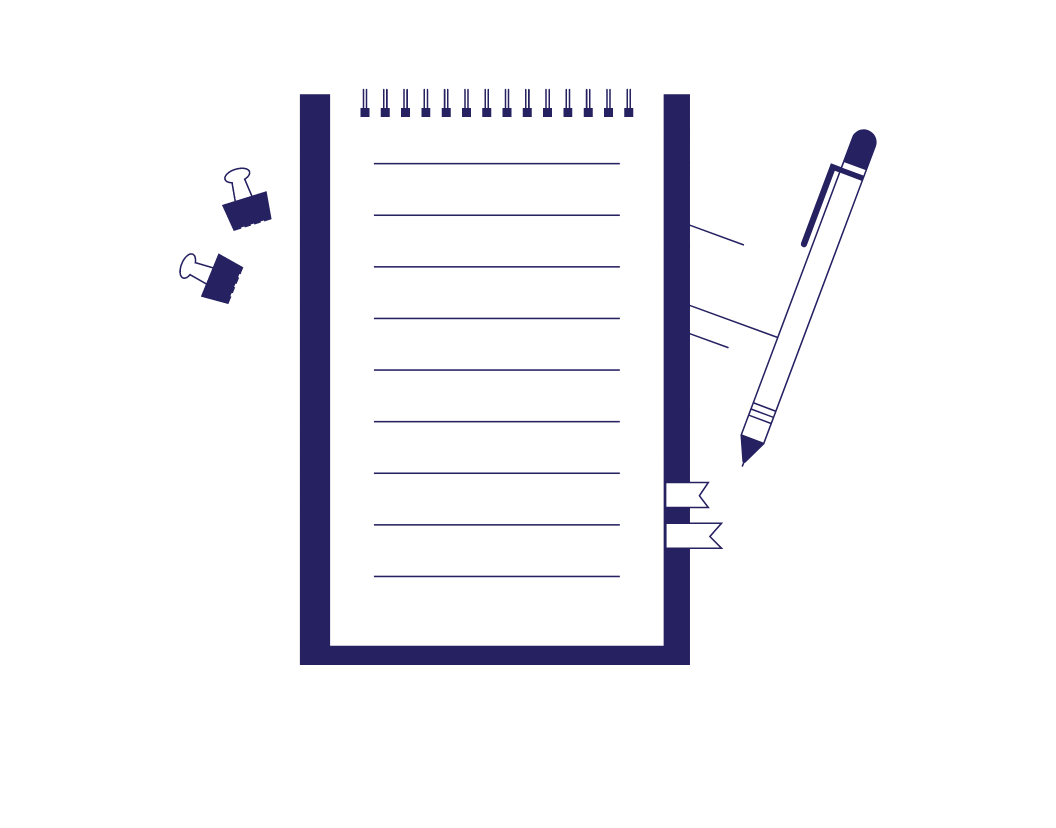
-
3-minute read
-
16th December 2021
How to Use an Em Dash
Confused about em dashes? This post is here to help. Below, we explain what an em dash is and how to use it in your writing.
What Exactly Is an Em Dash?
There are two types of dashes:
● The en dash (–), which is typically the width of a capital letter “N”
and
● The em dash (—), which is the width of a capital “M.”
There is also the hyphen (-), which is shorter than either dash.
Most word processors automatically produce an em dash if you type two hyphens next to each other. If not, go to the “insert symbol” command and find the em dash there.
The em dash has several uses:
1. To Frame Extra Information
Em dashes are used to frame extra information in sentences where commas or parentheses would otherwise be used:
The parrot toy I bought yesterday—the red one with the mirror—was cheaper than I thought.
In this case, em dashes are used in pairs. They are generally thought to be more emphatic than parentheses, so if you want to make a point, use em dashes. If you want to be more subtle, use parentheses.
As in the example above, em dashes are usually written without spaces on either side. However, the Associated Press Stylebook states that em dashes should be spaced, and most newspapers follow its lead:
The parrot toy I bought yesterday — the red one with the mirror — was cheaper than I thought.
In contrast, British English tends to use spaced en dashes for such parenthetical statements.
Find this useful?
Subscribe to our newsletter and get writing tips from our editors straight to your inbox.
Subscribe to Beyond the Margins and get your monthly fix of editorial strategy, workflow tips, and real-world examples from content leaders.
If in doubt about using dashes, check your style guide and, above all, be consistent!
2. In Place of a Colon or Semicolon
An em dash can also be used in place of a colon or semicolon if you want to stress the conclusion of a sentence or signal a change of topic:
It was the best idea he’d had all year—he’d buy himself a cat.
The rabbits cost $50 each—not $40 as he’d previously thought.
Em dashes used in this way are considered less formal than colons or semicolons, so try to limit their use in academic writing.
3. Multiple Em Dashes
You can use two em dashes to indicate that a portion of a word has been omitted, whether intentionally or because the word is unknown:
“Where is the b—— hamster?” asked Melanie.
Two or three em dashes can be used to replace an entire word:
Mr. ———, a dog walker, was a witness to the mugging.
Remember to be consistent in the number of em dashes you use to replace missing words.
4. Interruptions in Dialogue
If you are writing dialogue and wish to indicate an interruption, you can use an em dash:
“I’d really like a new fishpond,” said Arthur, “but it’s rather—” But they never would find out what he was about to say, for, at that moment, the alarm sounded.
The Importance of Proofreading
Punctuation—particularly the use of dashes—is a common cause of errors in written English. To avoid this, get your work proofread. Proofed’s editors are on hand 24/7 to help you out. Submit a free trial document today!